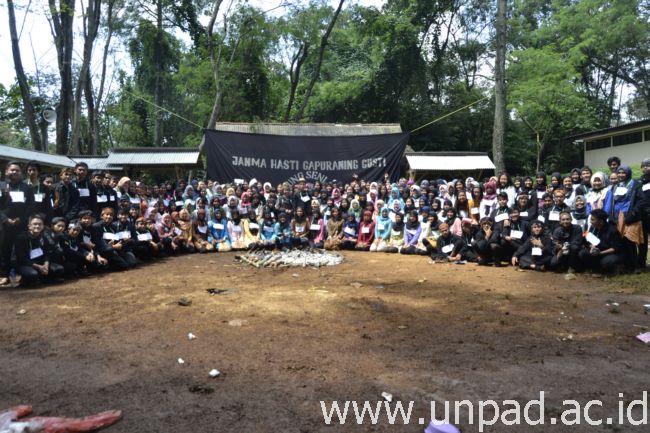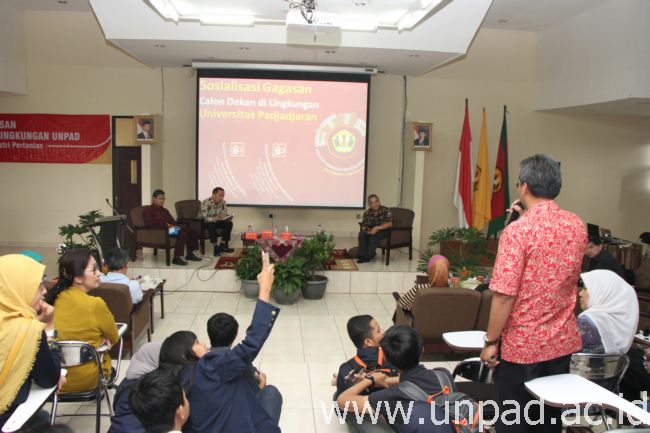[Unpad.ac.id, 27/11/2013] National Medium-Term Development Plan from 2015 to 2019 in the field of Horticulture one of them has a strategic commodity policy direction, namely the development of a red onion and chili pepper. However, these two commodities are still experiencing fluctuation in production and price in the market.

“The development of onion and chili pepper, according RPJMN, is facing 4 issues, namely fluctuation in price, availability in the market, trading systems, and weather/climate effect on the production,” said Director of Food and Agriculture of the National Planning Agency (Bappenas), Ir. Nono Rusono PG.DIP, Agr., Sci., M.Sc., in the “Focus Group Discussion on Preparation of RPJMN of Horticulture (Red Onions and Chili Peppers)”, on Wednesday (28/11) at Mitra Hotel, Bandung.
The event was organized by the Laboratory Agriculture Development of Unpad Agricultural Socio-Economics department in collaboration with PERHEPI, Ministry of Agriculture, and Bappenas and was officially opened by the Dean of the Faculty of Agriculture, Prof. Dr. Benny Joy, Ir., M.S.
According to Nono, production and prices of onion and chili peppers on the market in the period of 2009 – 2012 has fluctuated. In the other hand, the supply of both commodities tends to have a surplus. The condition is caused by the decreasing consumption of red onion and chili peppers.
“The decline in red onion and chili pepper consumption has proved that there has been an increase in consumer income, and they are now turning to processed red onions and chili peppers,” Nono said.
During this time, price fluctuation in the market is always caused by fluctuation in production so that the government is monitoring the movement of the two rates. However, this is refuted by Dr. Tommy Perdana, S.P., MM., a lecturer Unpad Faculty of Agriculture, who argued that the aspect of farmer is a major cause of the two fluctuations.
“The government forgot to monitor control of the food supply chain. In fact, the cause of the fluctuations comes from upstream, i.e. the farmers. Most farmers produce the two commodities based on the availability of land, while the land itself is shrinking,” said Dr. Tommy.
Dr. Tommy also added that the infrastructure in the current supply chain system is not in good condition, such as horticultural irrigation system that has been damaged and undeveloped, and most of the roads in the center of production and distribution channels that have been damaged. These upstream factors have caused fluctuations in the production and prices of the two commodities.
The condition is justified by Santoso, an agribusiness practitioner from Cianjur Agrofarm. Agriculture horticulture lacks infrastructure maintenance and repair. Land eviction without offset new land clearing horticulture is a problem that can lead to decreased productivity.
“Horticulture supply chain starts from production, processing, supply in the market, and distribution. If production decreases, then the other aspects in the chain also decrease,” said Santoso.
Therefore, in the 2015 – 2019’s RPJMN, the Directorate of Food and Agriculture Bappenas has been targeting these areas as potential development of the two commodities. There are 17 provinces for regional development for red onion and 21 provinces for regional development of chili pepper. “In addition to region development, we also draw up a roadmap to increase production and quality, institutions, as well as structuring of the supply chain for the onion and red pepper,” Nono concluded. *


